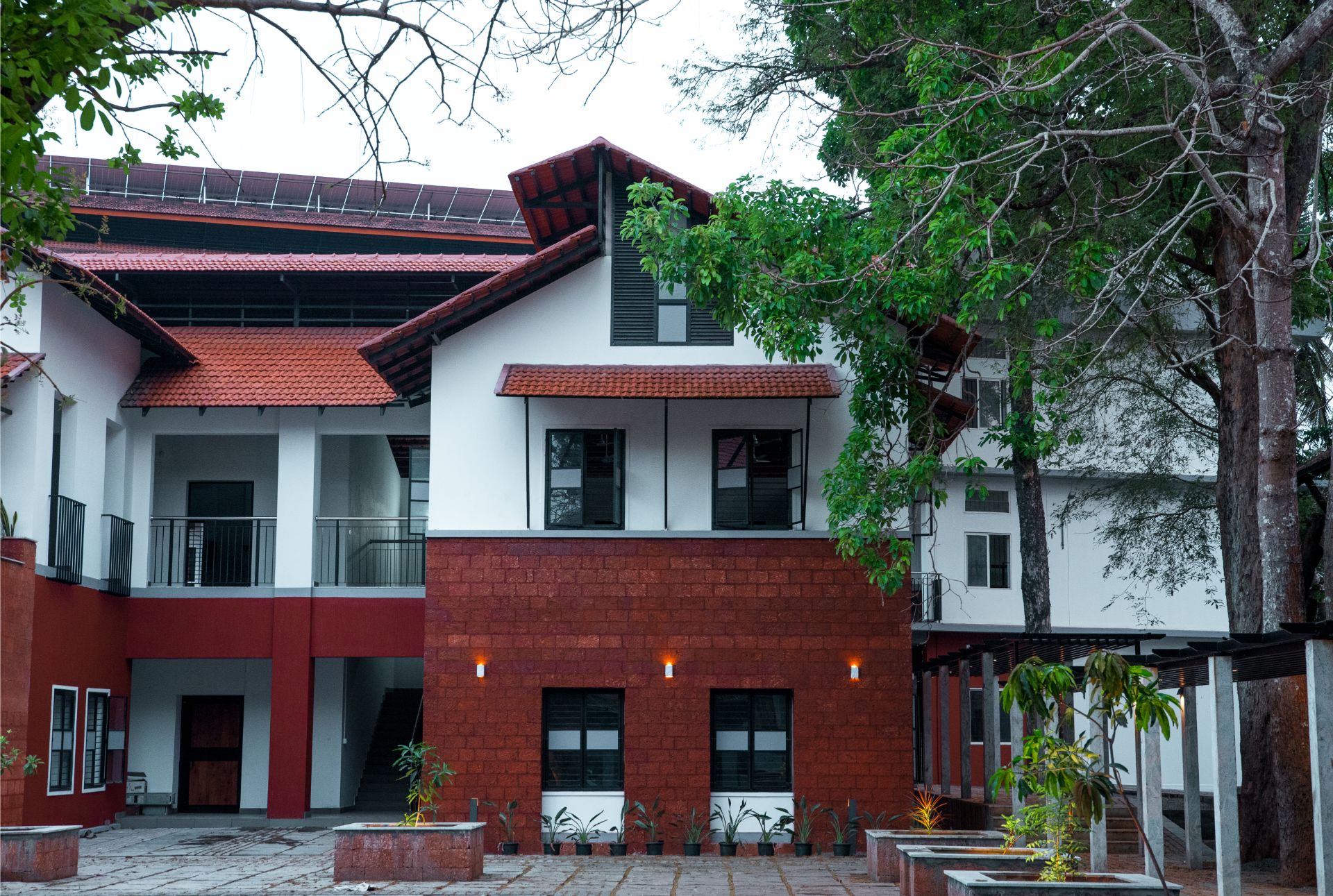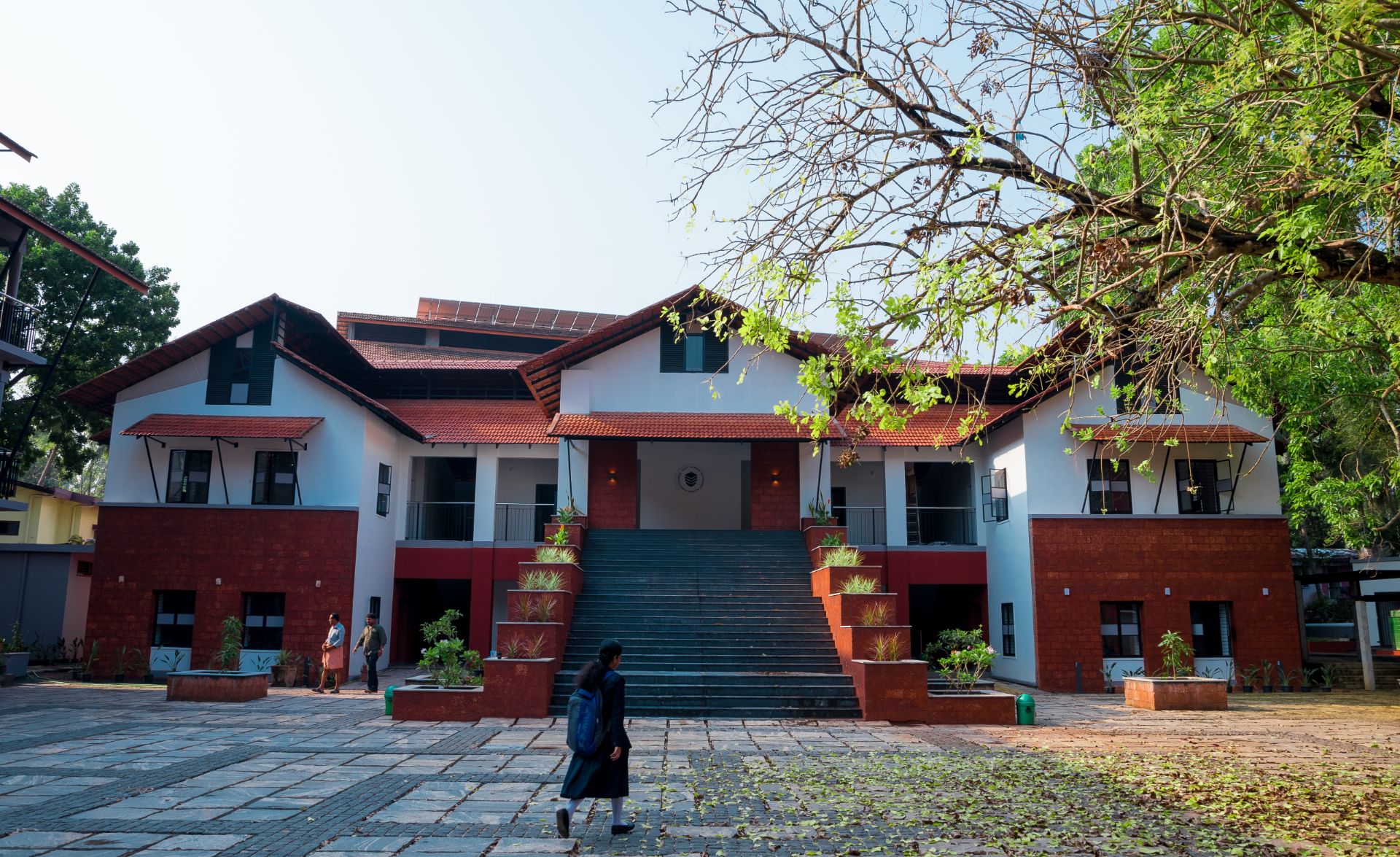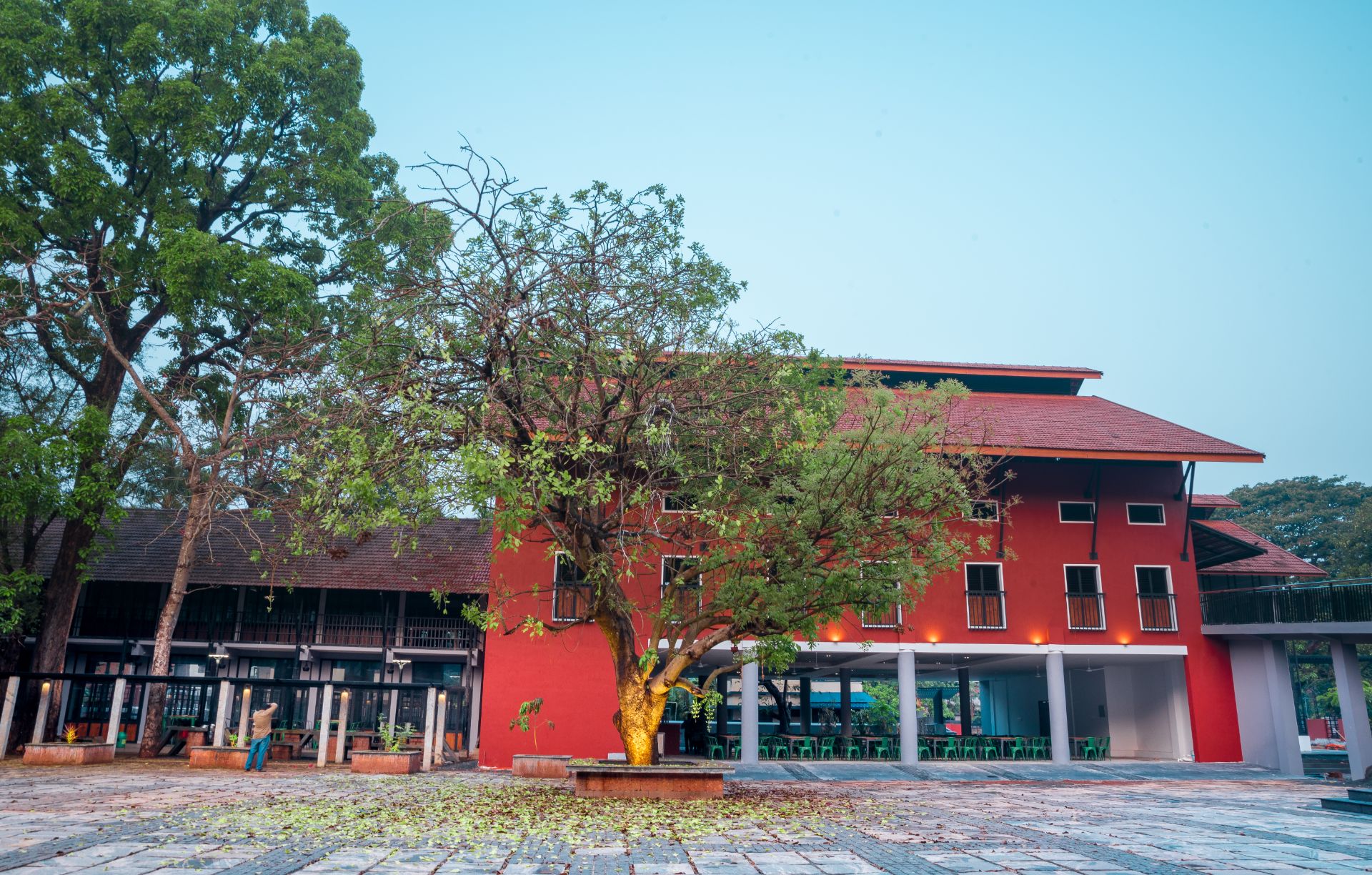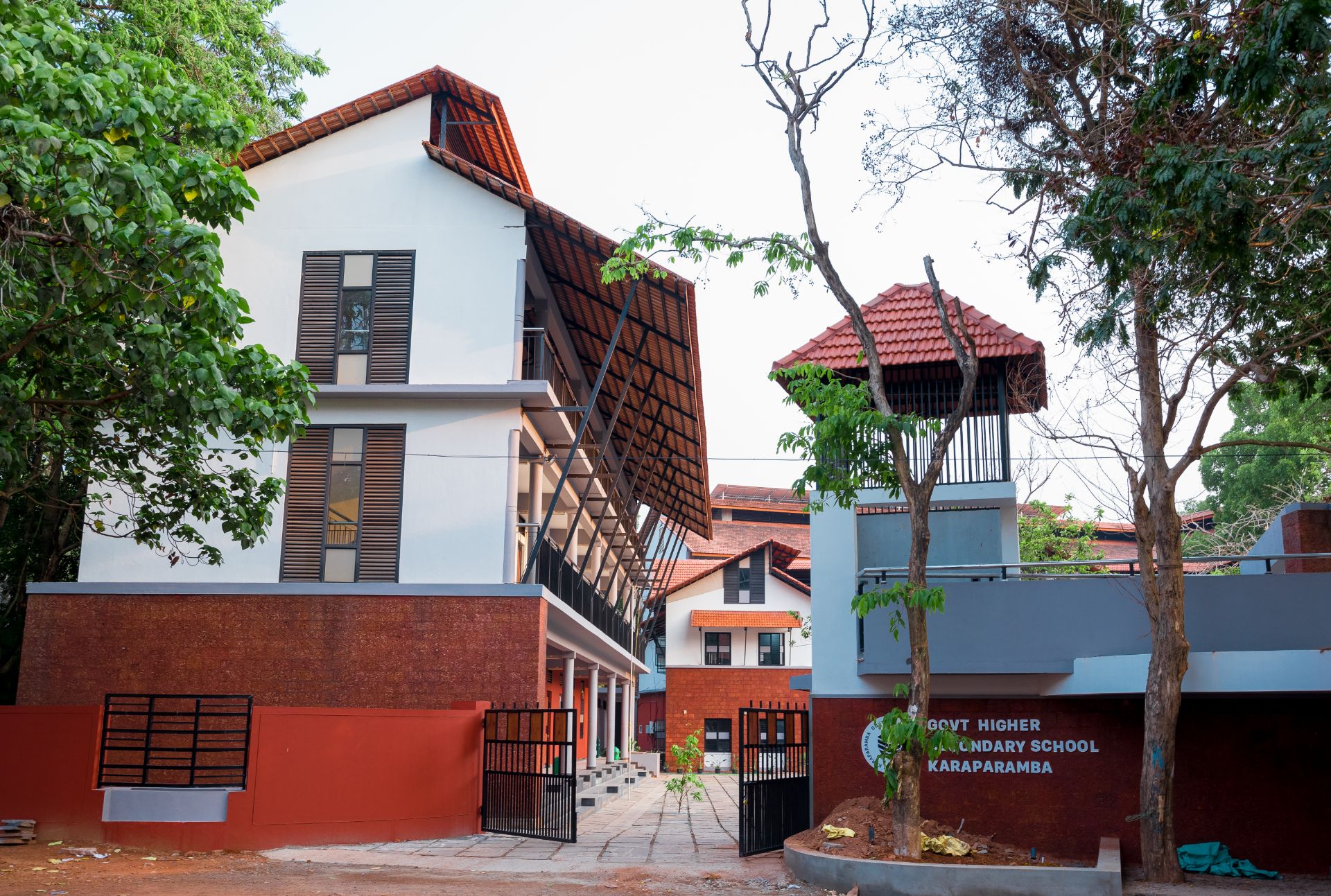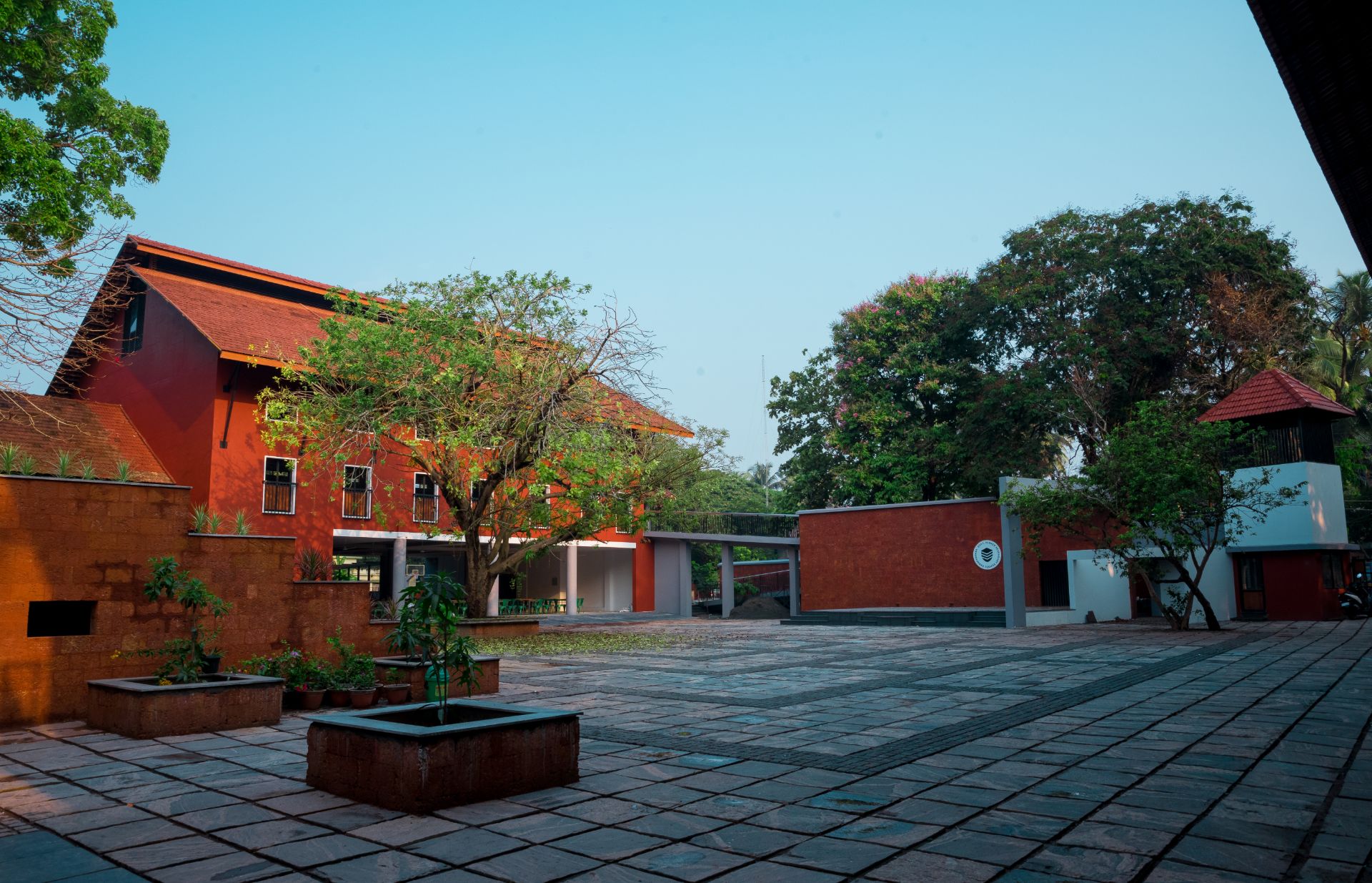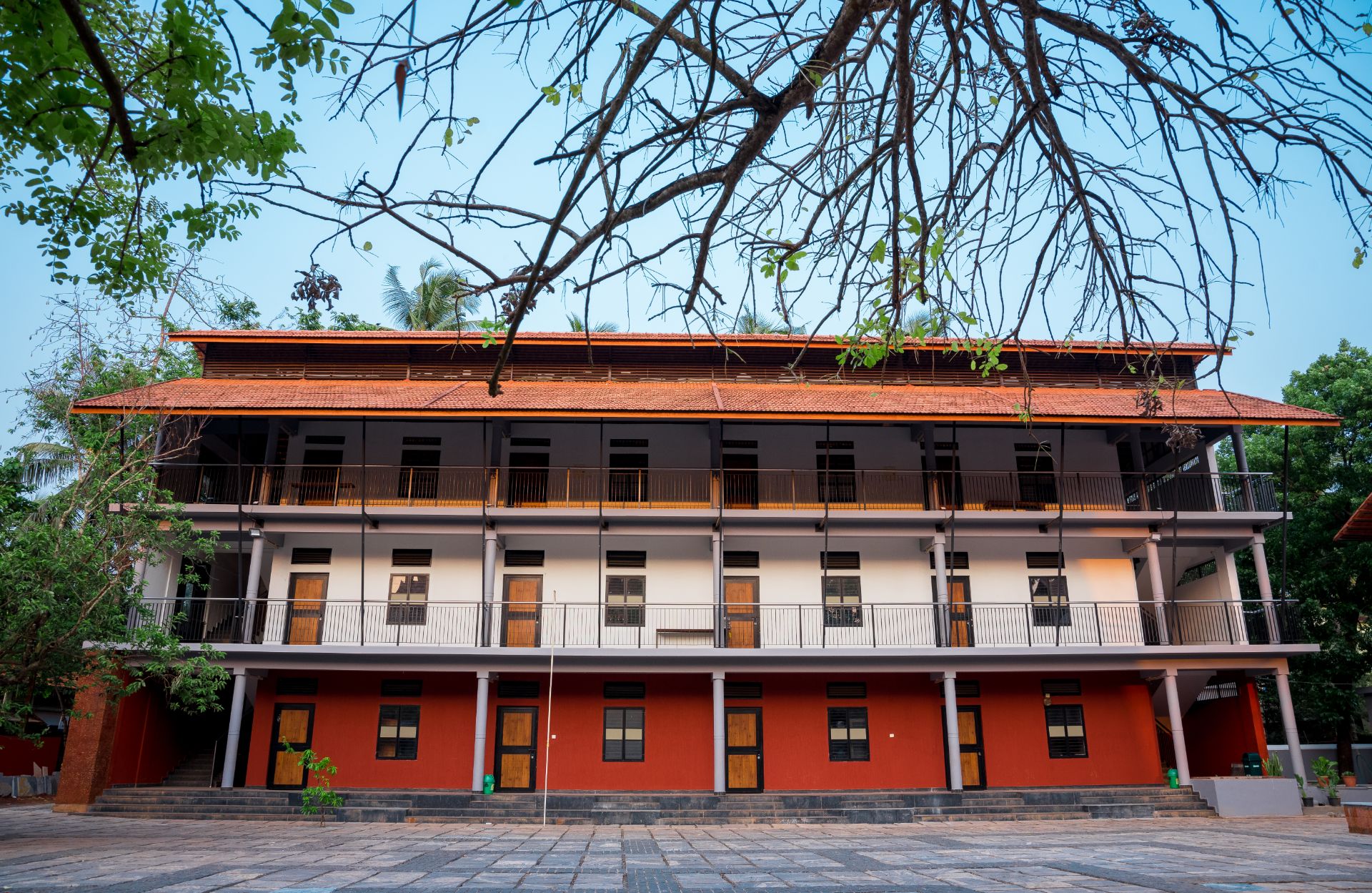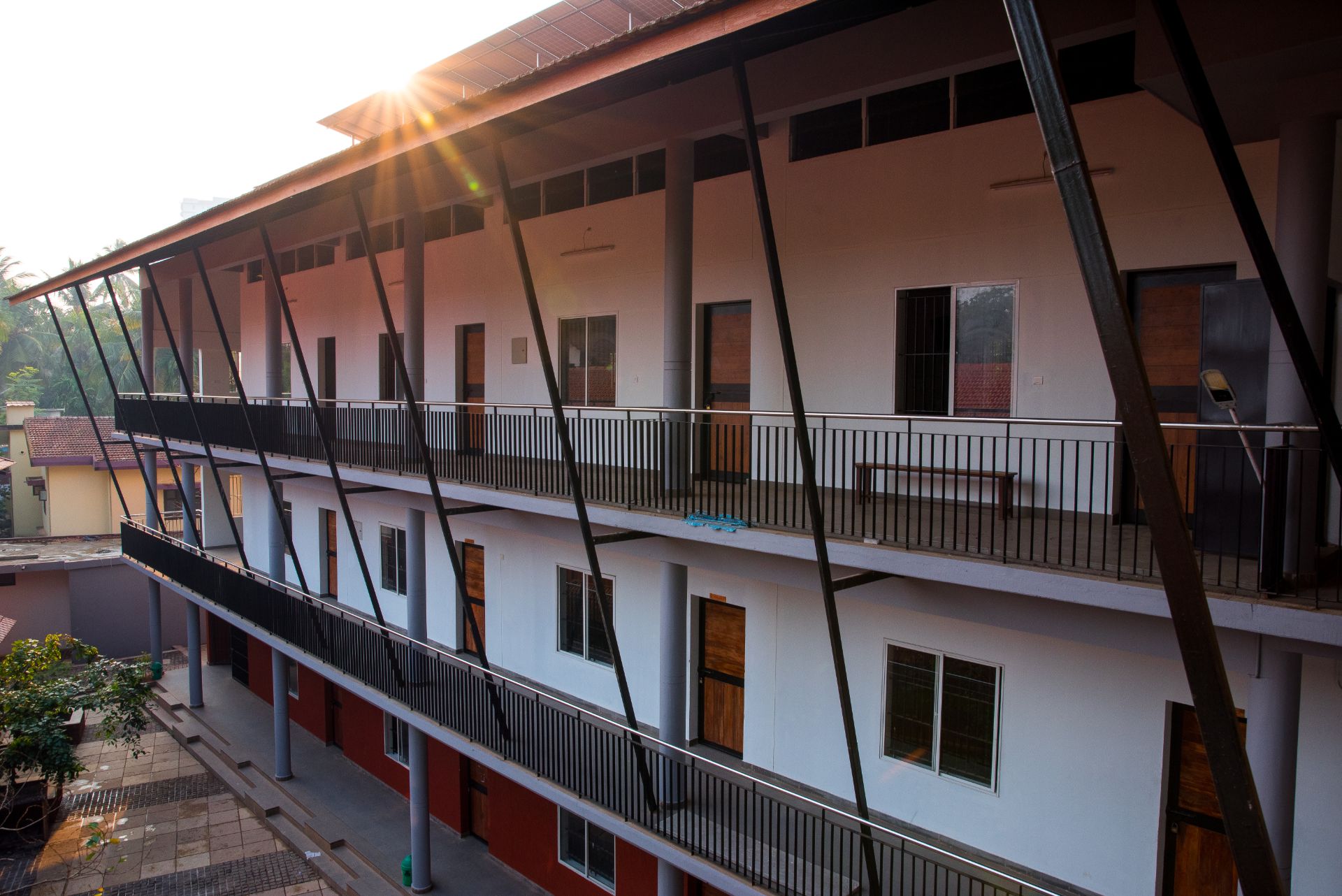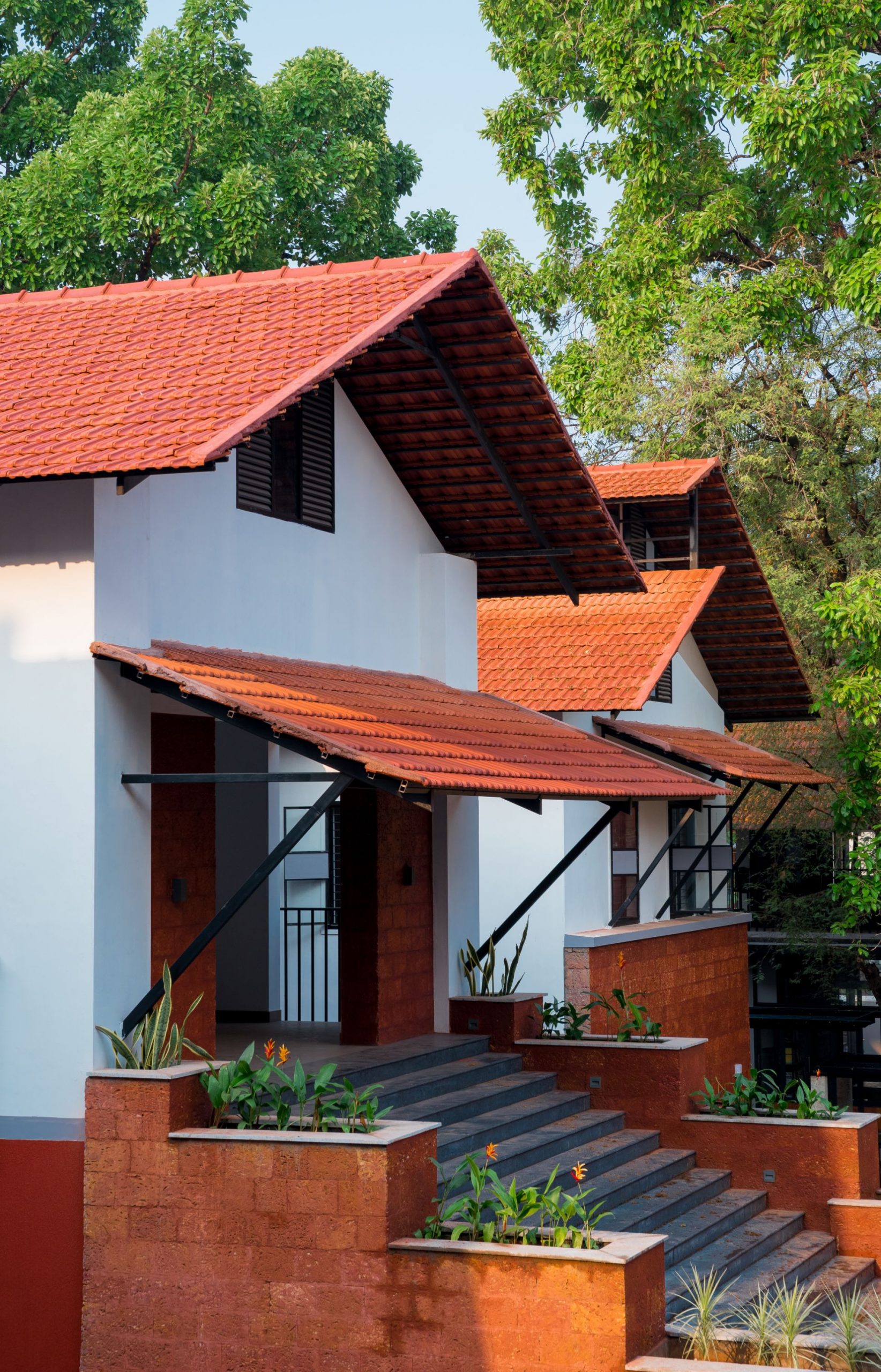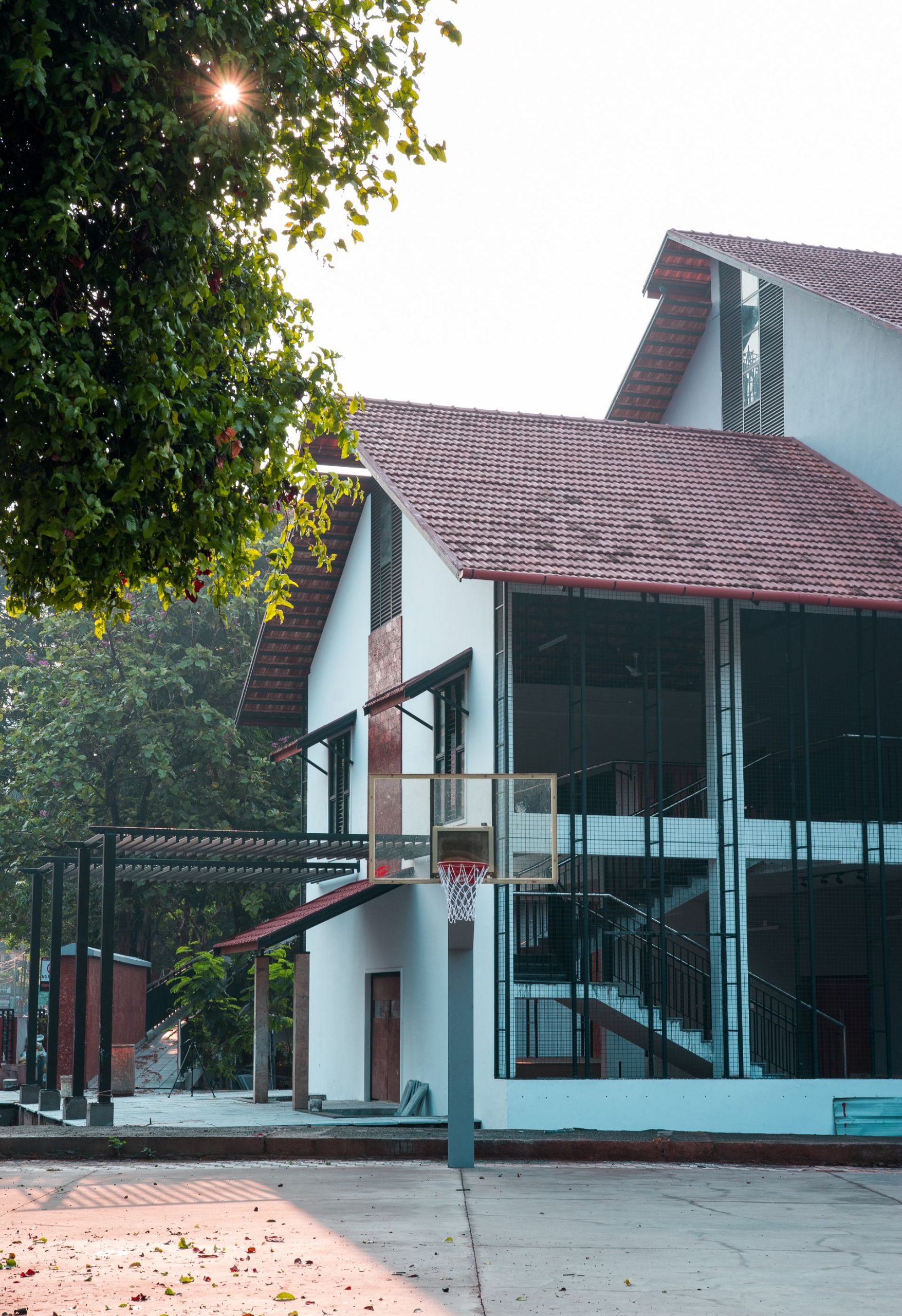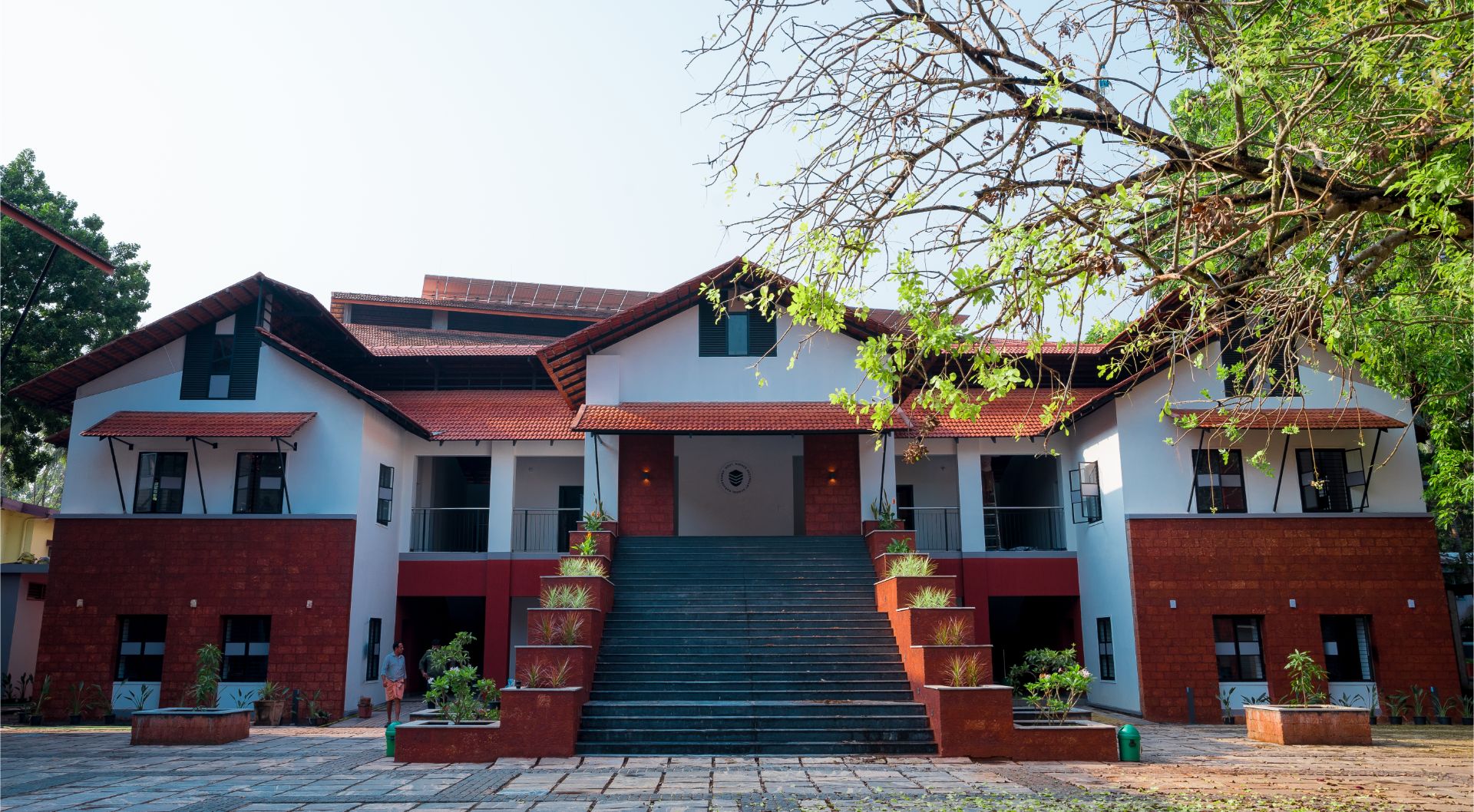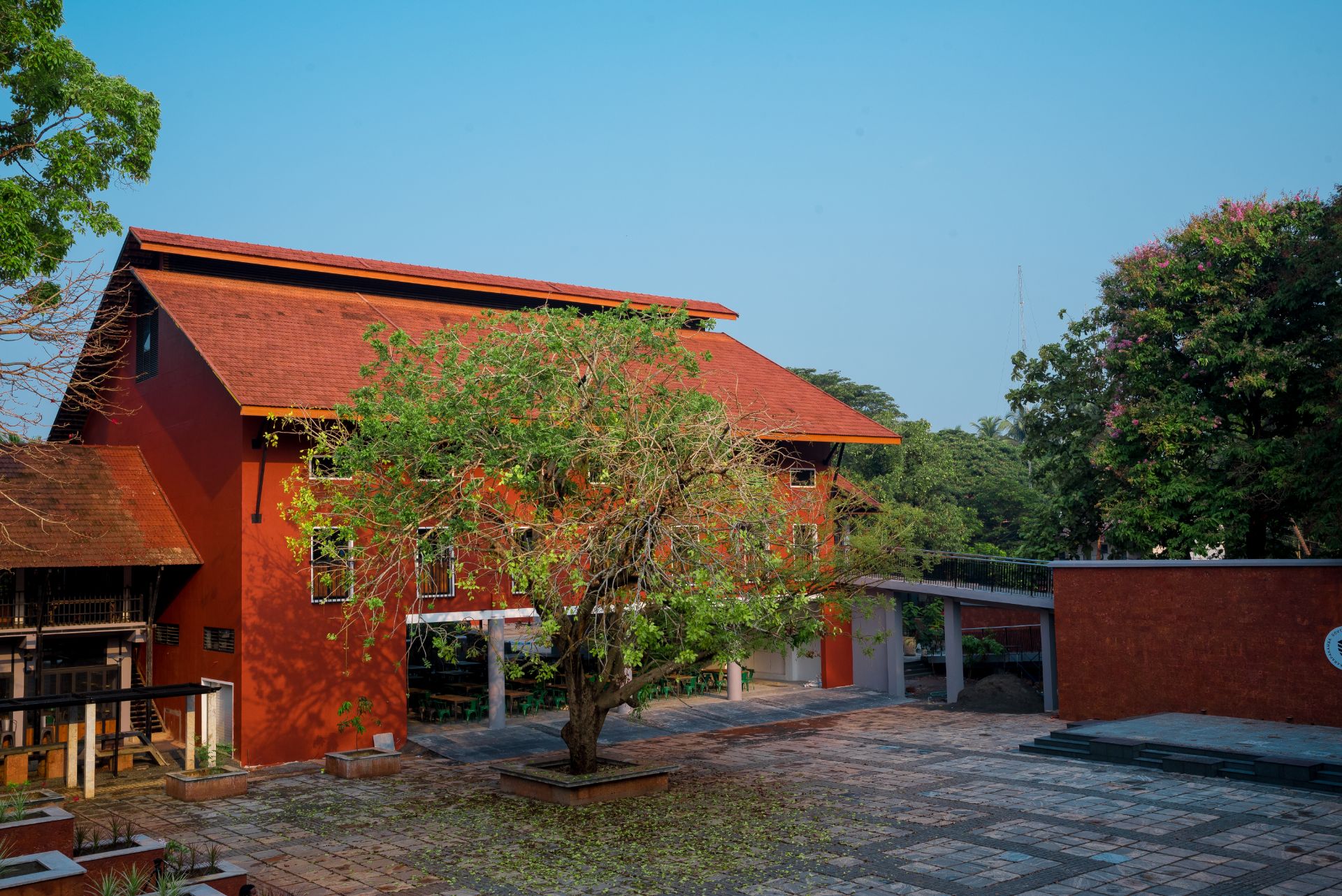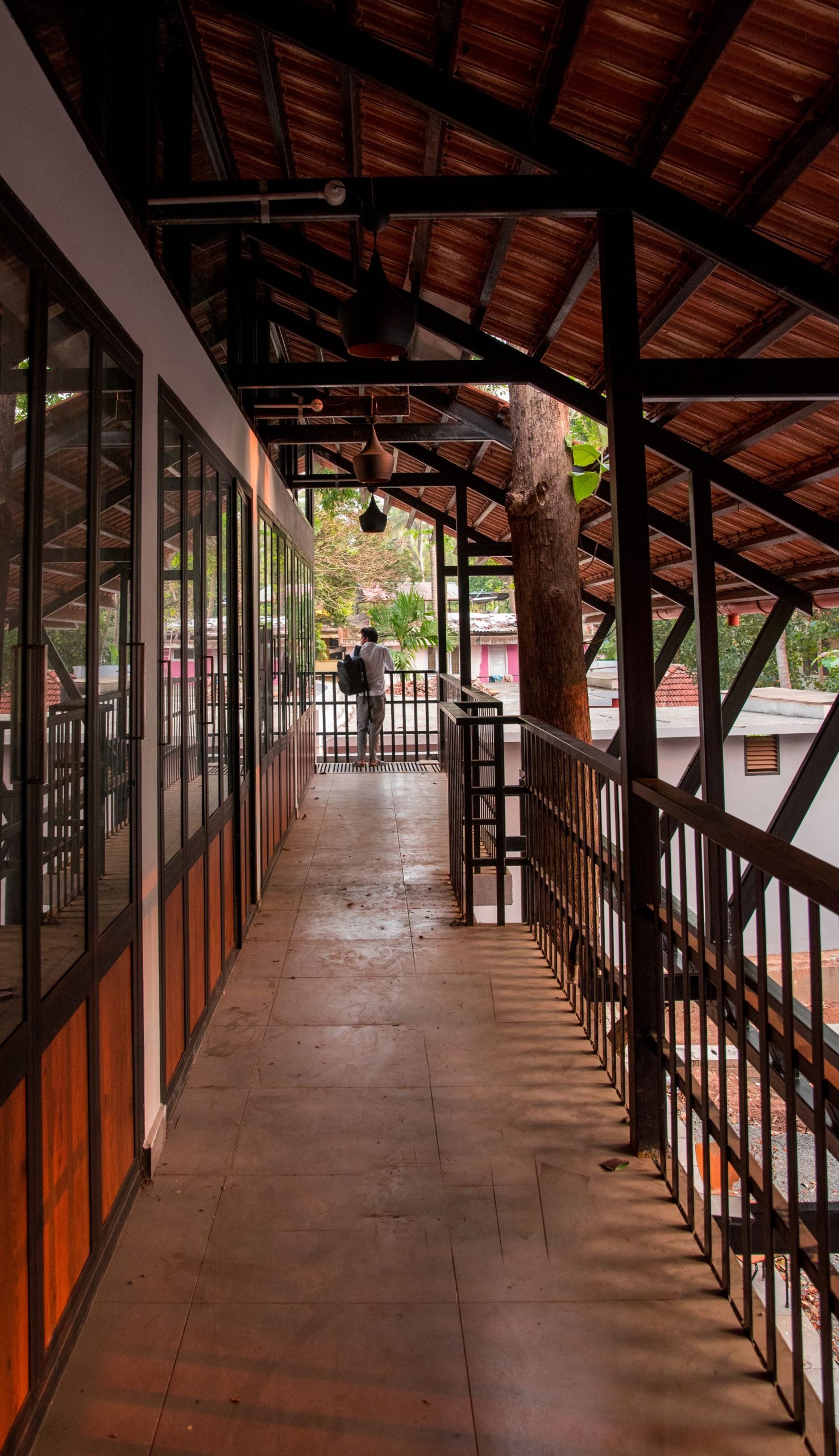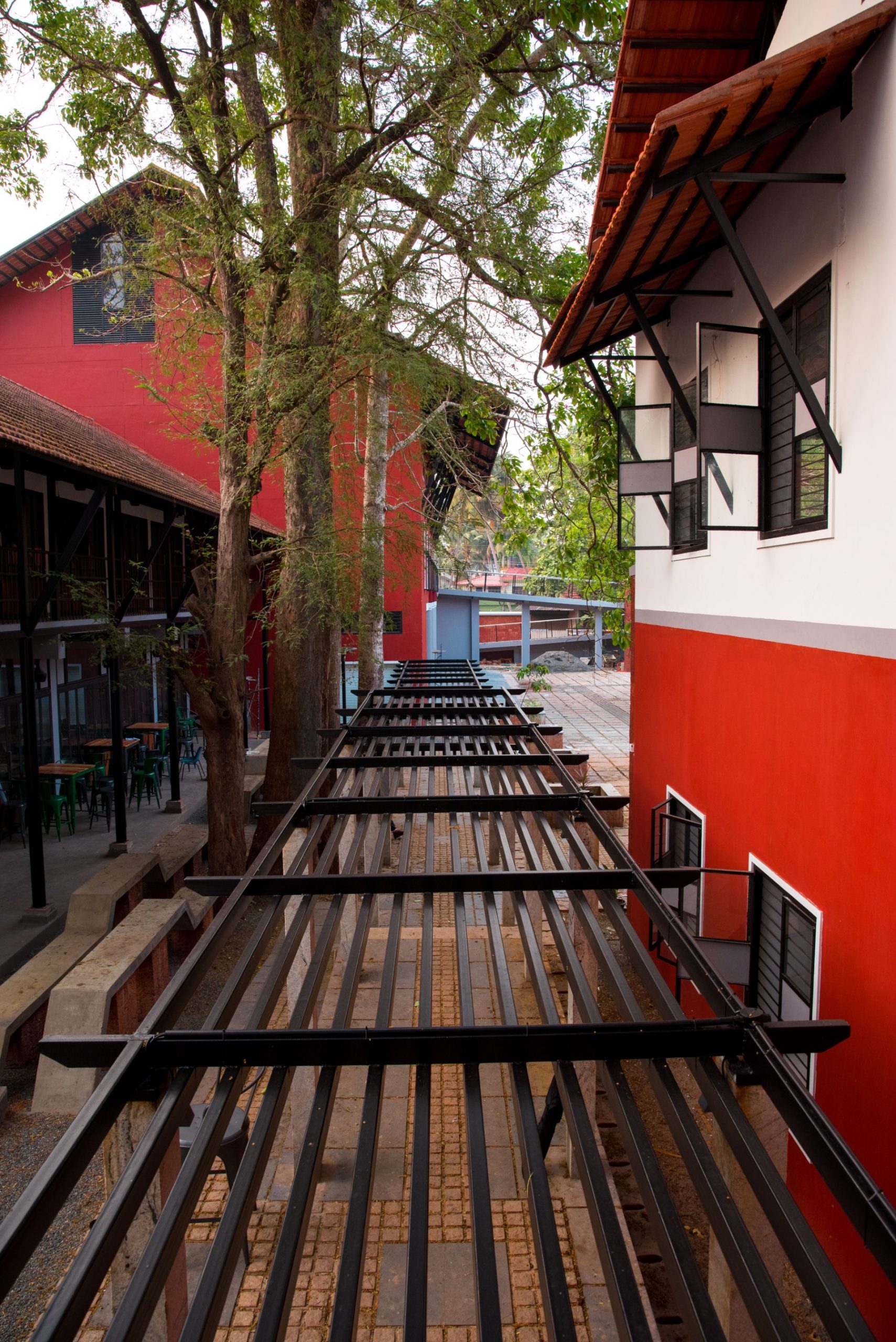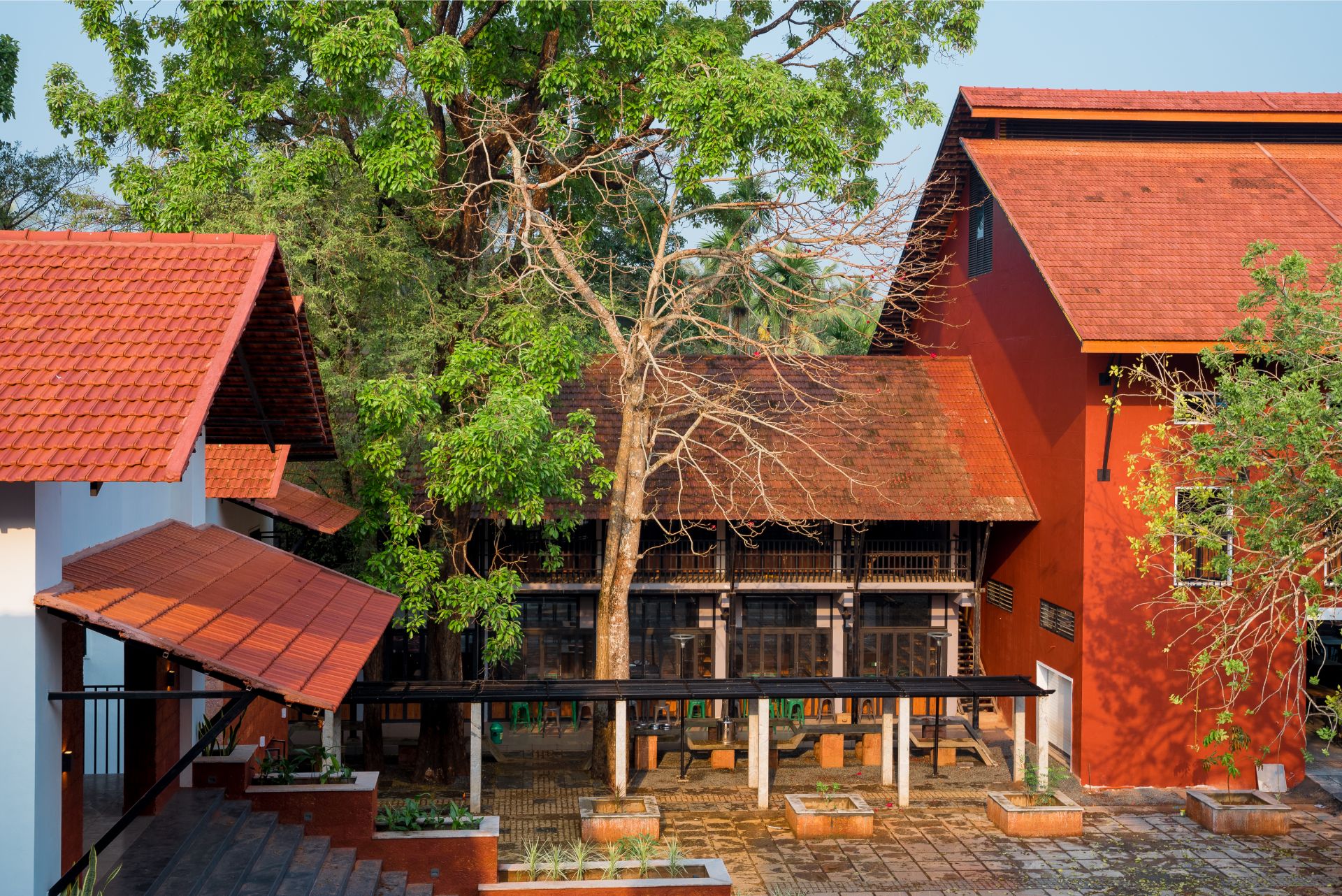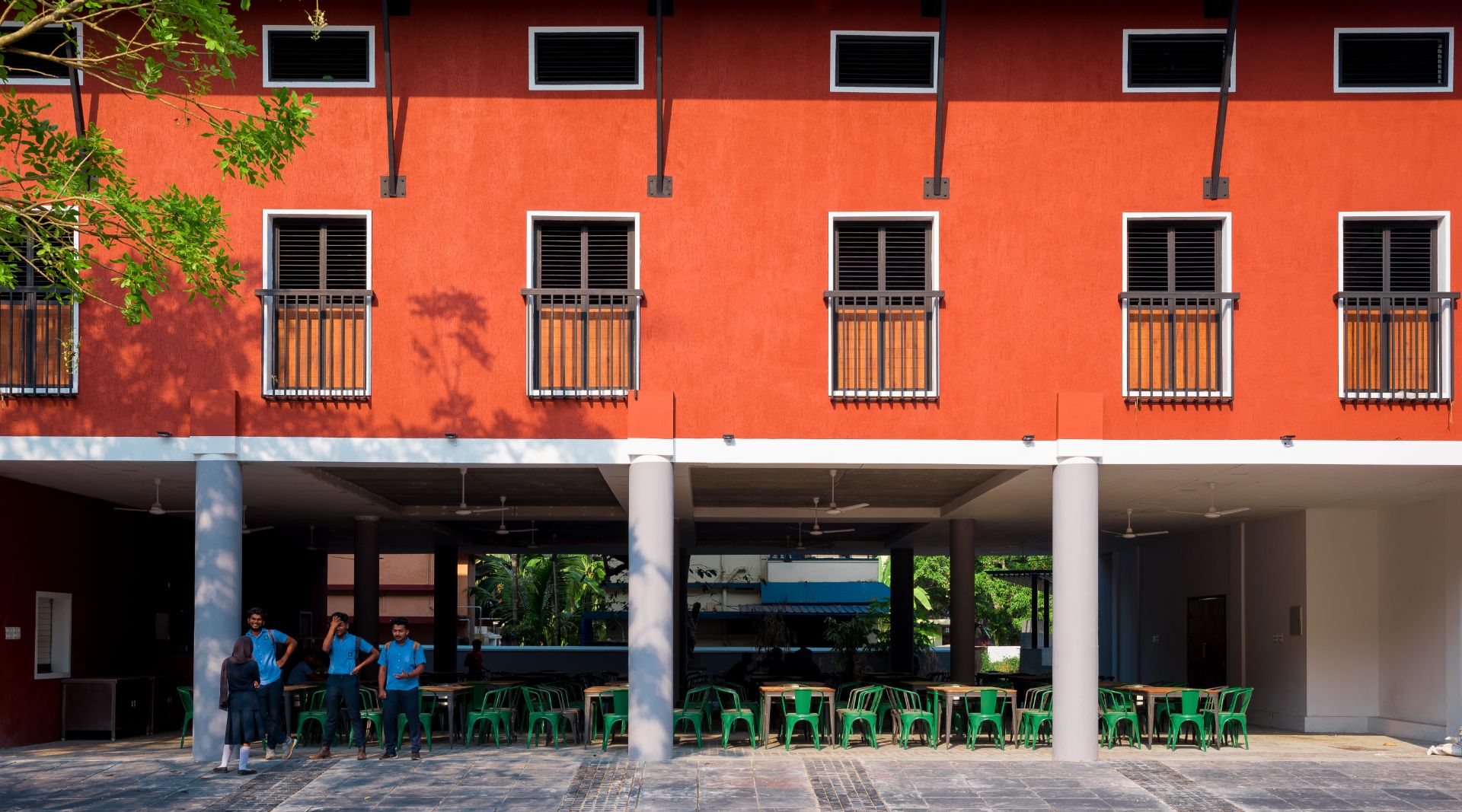Location
CalicutArea
43,000 SqftClient
Public Works Department, Goverment Of KeralaCompletion
2019THE IIA INITIATIVE
With great education and great maturity comes greater responsibilities. After recognizing the need of architects and designers involving in the public arena, the IIA Calicut came up with a solution, namely the Corporate Social Responsibility (CSR). It presents significant risks and opportunities to various organization, by implementing strategies and controls to manage the impact of public facilities and infrastructure on the society, environment, and to engage stakeholders on their endeavors. The CSR is not a fight against the government as misunderstood, but a revolution aiming at a social balance in terms of art, literature and architecture.
THE DECISION
When it comes to opting a system of education, a large majority of the upper middle class still goes for the management facilitated or private schools leaving beside the government schools better teachers and opportunities devoid of attention and participation. This high bias of differences had to be eradicated f0r the evolution of healthier society, both physically and mentally. To eradicate this black spot, a grass root level modification is required, and what best than a beginning at the primary education centers. And that’s when the DAC team collaborated with the PRISM (Promoting Regional Schools to International Standards through Multiple interventions) to give the Karapparambu School a new face. The whole idea, was easy to be said than to be executed. And the same would have been impossible to become a reality without the immense and grateful support of the MLA Pradeep Kumar. His guidance and participation towards making this a dream come true is commendable and indescribable through words.
As the aphorism by Winston Churchill goes, “We shape our buildings; thereafter they shape us!”, the DAC team has metamorphose the dreamy essence of teaching and learning into a visual reality. The realization of architects being highly responsible for shaping the learning systems and academic spaces led Ar. Brijesh Shaijal and team to put forward an ideal display, out of many, at the very prestigious and historical government school at Karapparambu. Overcoming the hurdles of possibilities to be questioned being monumental landmark nearing its golden jubilee of existence and being a government project on a whole level, the team came up with a brilliant restoration of the same, playing it fair to the structure and nature.
THE APPROACH
The Karapparambu GHSS has emphasized the freedom of students by providing an open distinctive educational system. And now, acclaimed as the first green government school in India, the intertwining of bits and pieces of nature into and in between the blocks opened up the closed frames of schooling. It encourages the students to have a healthy and induced relation with the outer environment. Entering into the campus, we perceive an experience of building invisibility and conversion of a building into a smaller version of a neighborhood or a city.
An alternative perspective towards an educational space in which the opposing voids and valid spaces come together to bring about a sense of place, independence, and uniqueness; by replicating the program in specific forms, the educational building has been spread out and elaborated as an educational neighborhood, including various views and landscapes, green spaces, playgrounds, and rest spaces.
THE DESIGN
The renovation design of the school has undergone a master plan intervention, keeping some structures intact with modifications, and others demolished and reconstructed, partially or fully. The clean yet rustic outlook image of the school breaks out of the usual faces [provided to a government school, without an identity of its own.
As you enter to main court of the campus, you get a glimpse of the scale achieved by a series of steps, guiding you to the first floor of the main building, conceptually, leading you to a bright future. The explicit design of the building to its details from the opening frames to the grains of the furniture is carefully designed to showcase a vivid panorama altogether. The entry steps also function as the seating provision for the open stage placed on the linear axis of vision with the main building.
The configuration of various blocks are intentionally located at specific spots to develop the interaction within the various activities like studying, playing, reading, dining etc. and to develop a sense of oneness among the diverse talents and interests in the school, and promote every one of them towards supremacy.
The idea of being locked up inside the darkest hooks for lunch has been demolished into a novel thought of opening up the walls to small seating growing out of the ground, made out of cement, and kept unfinished. The specially imported tables and chairs, with delicate details of grains and colors, add to the whole abstract form of the school. Replacing the century old tradition of wooden shelves and benches in the library, with just a few sources of daylight, the Karaparambu School exhibits a four-sided glass volume, with upgraded steel shelves. To the rear side of the library, an outdoor reading space is provided with steps to match the ergonomics of students, which integrates the literary programs to be conducted alongside the walls of the space.
Inclining towards a more intimate environment, the structure is devoid of the contemporary windows with bars and shutters. Instead, a new feature is created that displays itself as a door from the interiors, and eludes into a balcony with metal railings, when opened. This element goes well with the metal truss framework of the roof, and enhances the bold feel of the material palette.
Another significant feature of notice is the harmonious balance achieved by the fine bravura of materials used for the construction. The intrusion of metal frames and members into the unpolished raw laterite surfaces give a rustic and raw outcome, with a tint of being deep rooted to the native place it belongs to. Be it the grey texture finish of unfinished concrete, rough paving stones, and the glass panels to contrast the crude look, the outlook derived is extremely unique and elegant, respecting the stature of the building in the pages of history and minds of the cultural monitors.
THE ECO-FRIENDLY CONCEPT
With no tree in the premises being cut for the structure, entitled to be entirely differently-abled friendly campus, and with solar panels supporting the maintenance through sustainable forms of energy, the project is on its way to be acclaimed the best notion of the 21st century campus. For example, a beautiful shady tree that came in the way of the ramp that leads to the indoor courts is kept as such, and the ramp curves around it. This notion of design respecting the nature develops the same emotions of love and care for the earth in the growing students. The green and sustainable design of the school is conceptualized by rain water harvesting systems, solar panels and bio-composts, few features that increase the responsibility of students as better citizens, and which are currently ignored at most institutions.
THE INFLUENCE OF CLIMATE
The design also abides by the climate of the region, with sloping roofs and long eaves to protect the corridors from the monsoon rains, and the harsh sun in the summers. The provision of courtyards and smaller intermittent courts enhance the cross ventilation across the rooms, thus providing a better thermal comfort for the process of learning and education.
TOWARDS A COMMUNITY LEVEL DEVELOPMENT
For once and all, the preoccupied image of a government school in India has been broken. Apart from the spatial design and the form enclave, the team portrays an effective process of community involvement towards the school. As suggested by the architects, the open air stage that welcomes you to the campus, can be a venue for major community discussions, night events, and handmade markets that indirectly elaborate and make understand the responsibility of the localities to the school. The connected open spaces surrounding the structures function as pedestrian walkway, inhabiting healthy manners of morning walk etc. in the young minds.
Another brilliant move towards a better lifestyle development is observed in the boy’s toilet space. The urinals are added on with a chalk board, which could help in avoiding the unnecessary habits of students scribbling along the walls of the ancillary spaces. And as they say, schools are definitely for the growth, and not for the creation of brains, but pure souls, and happy lives.


